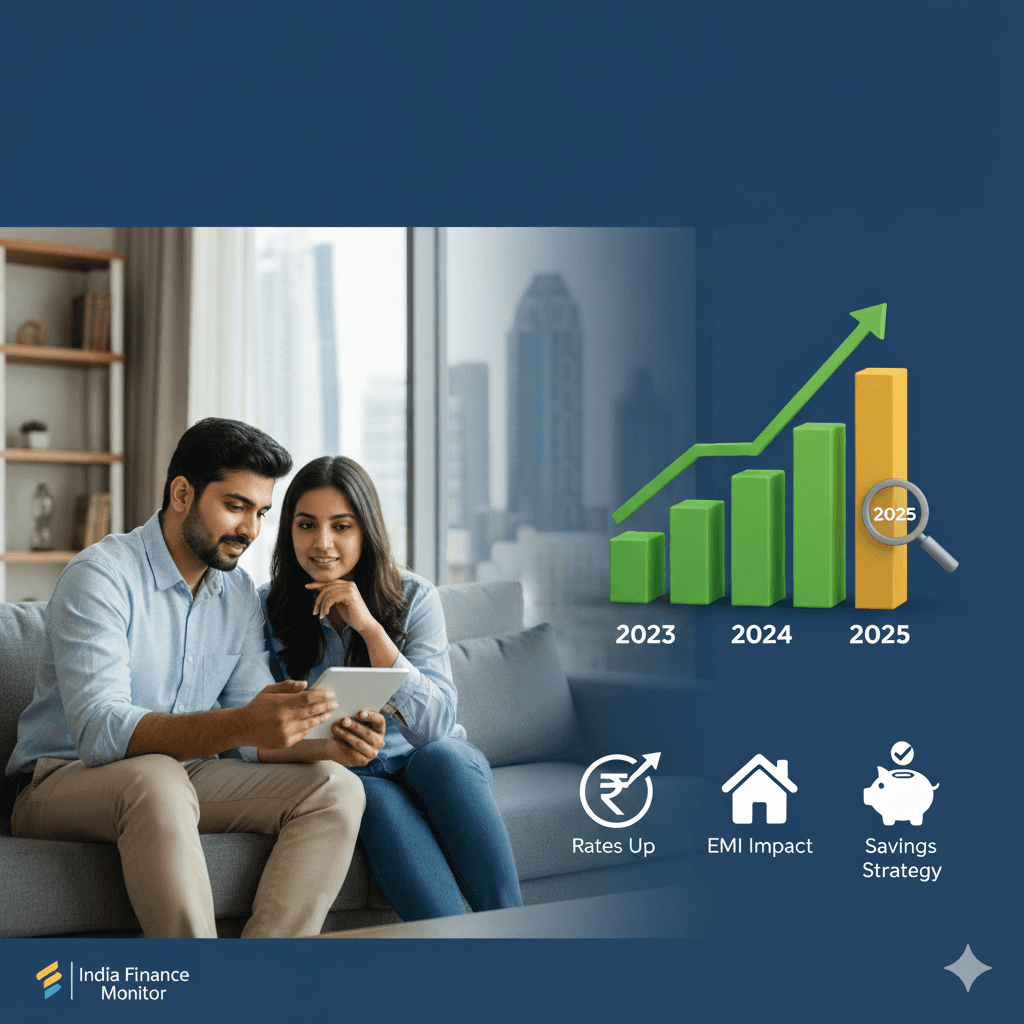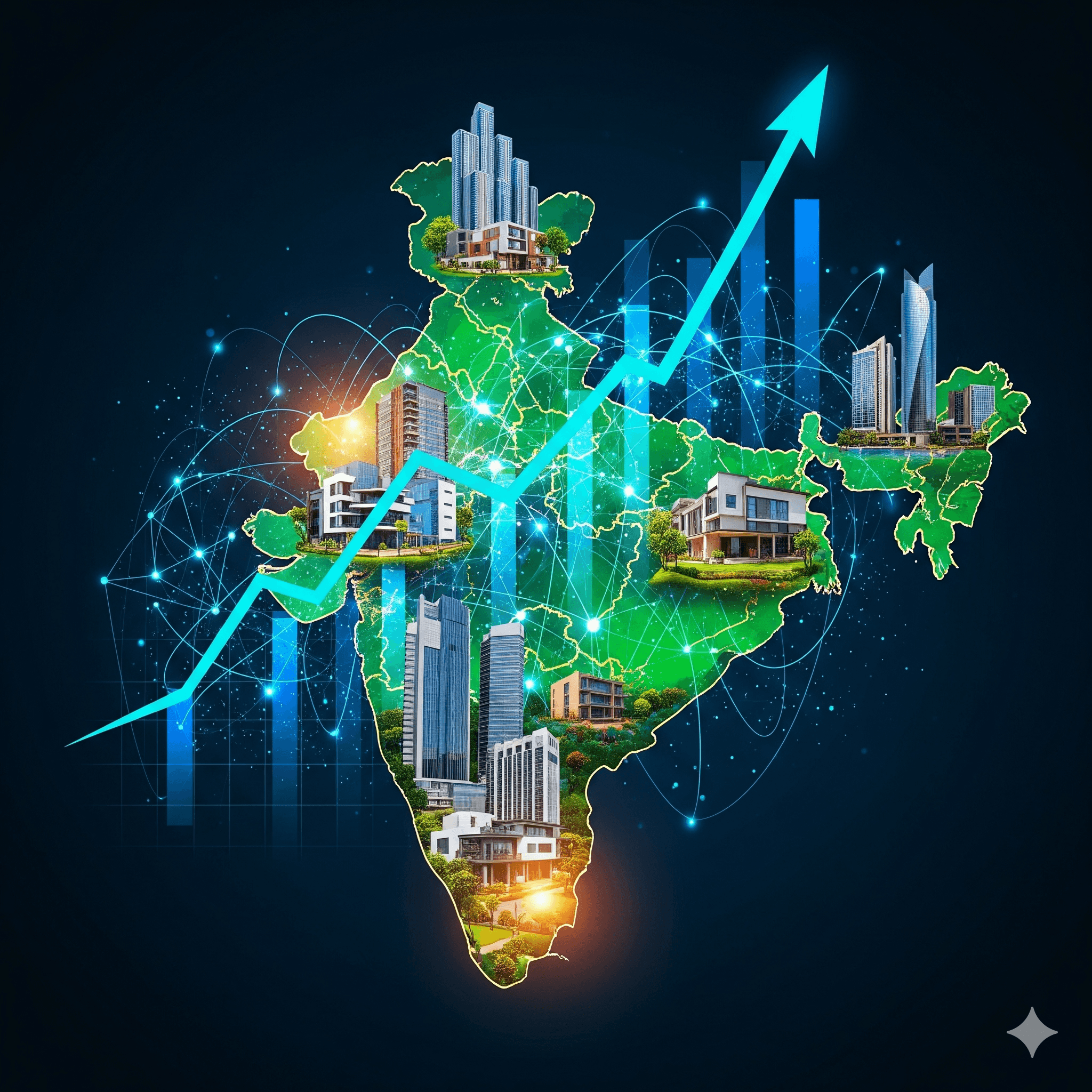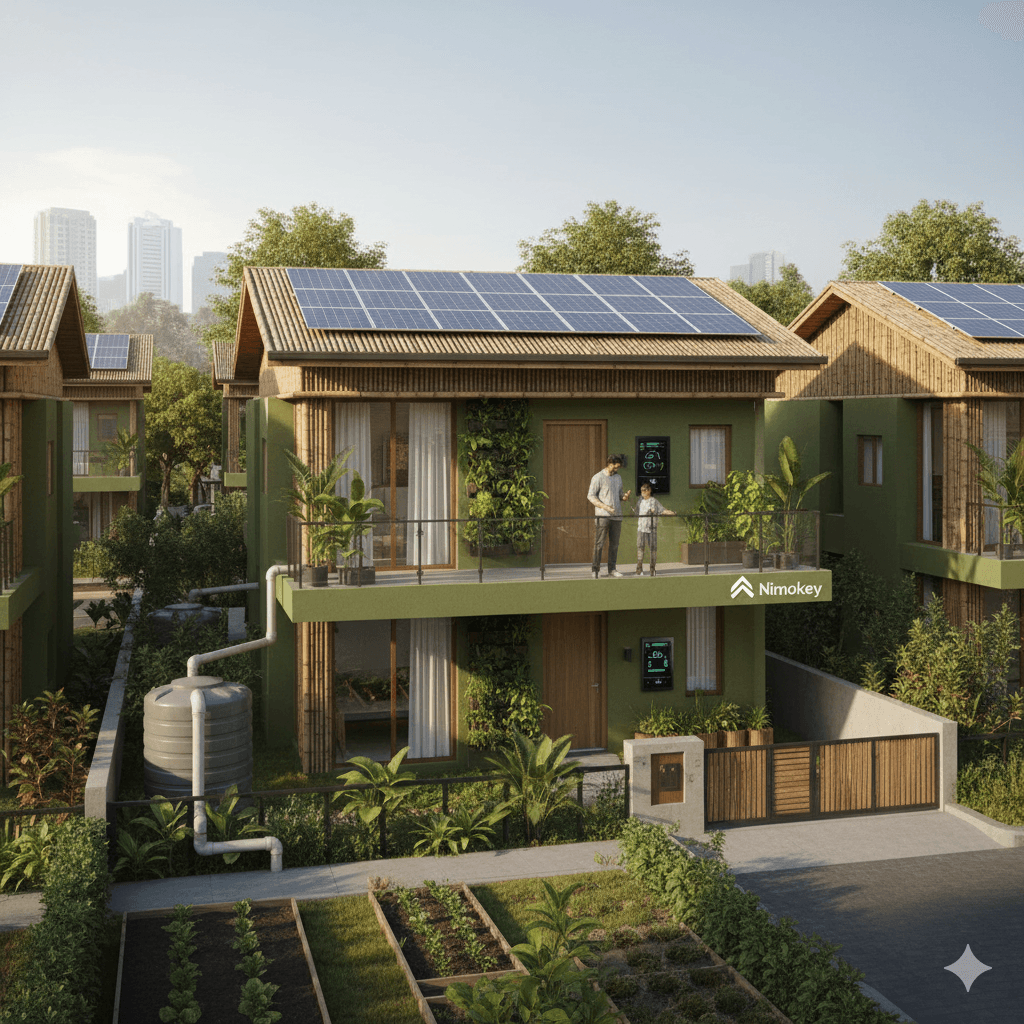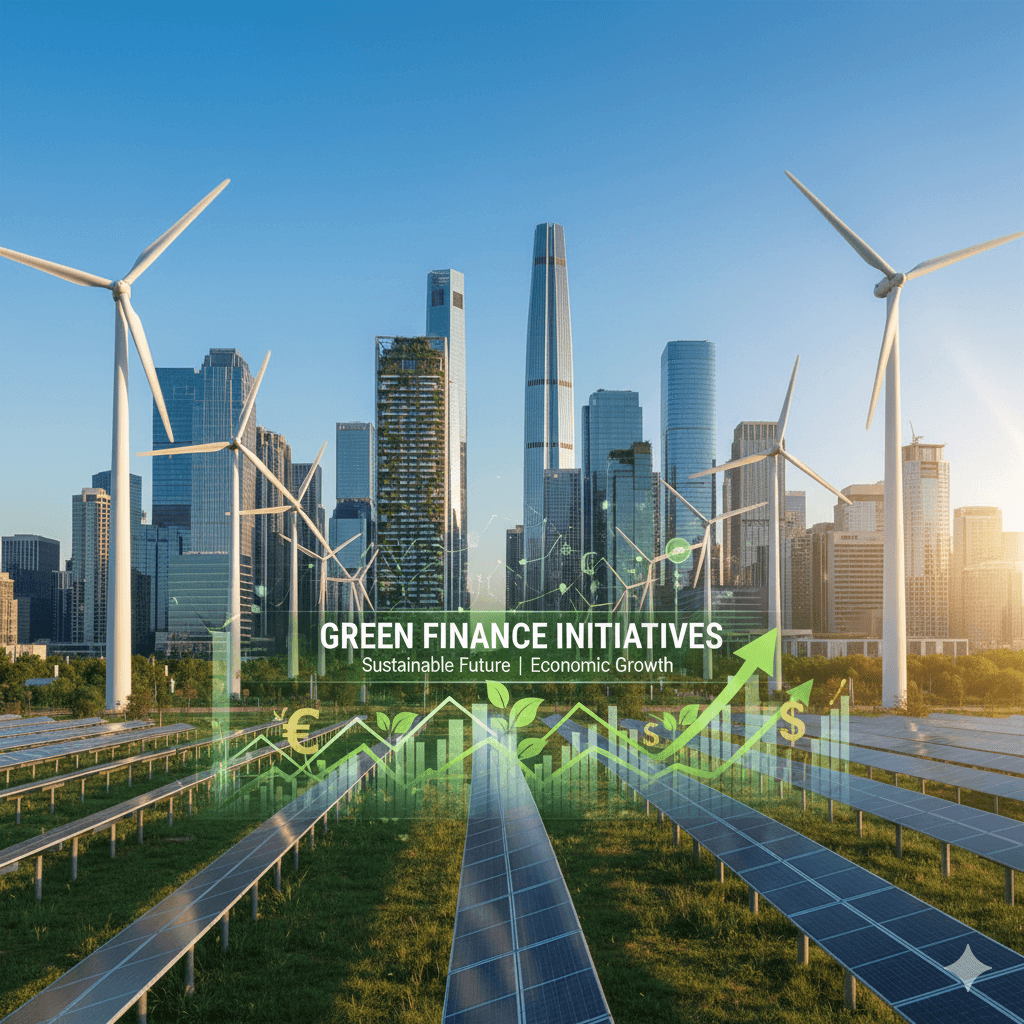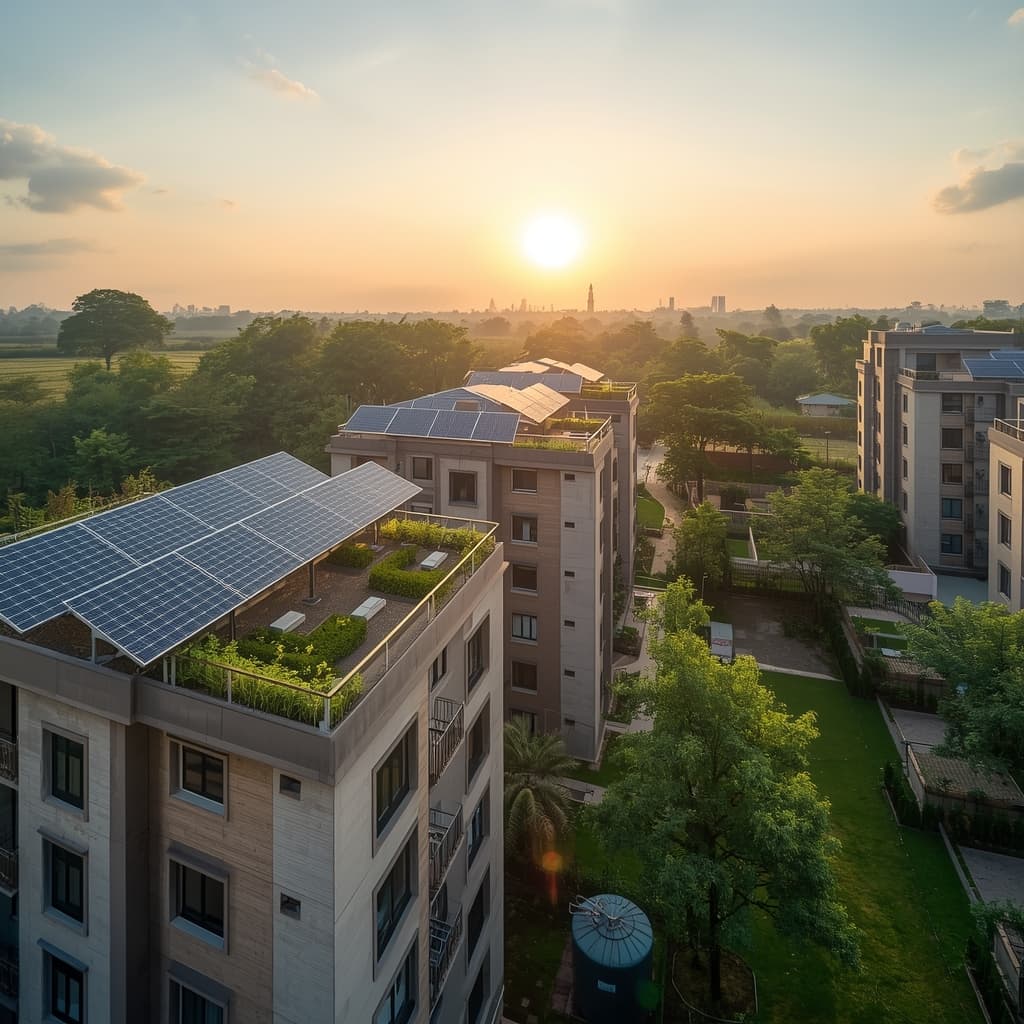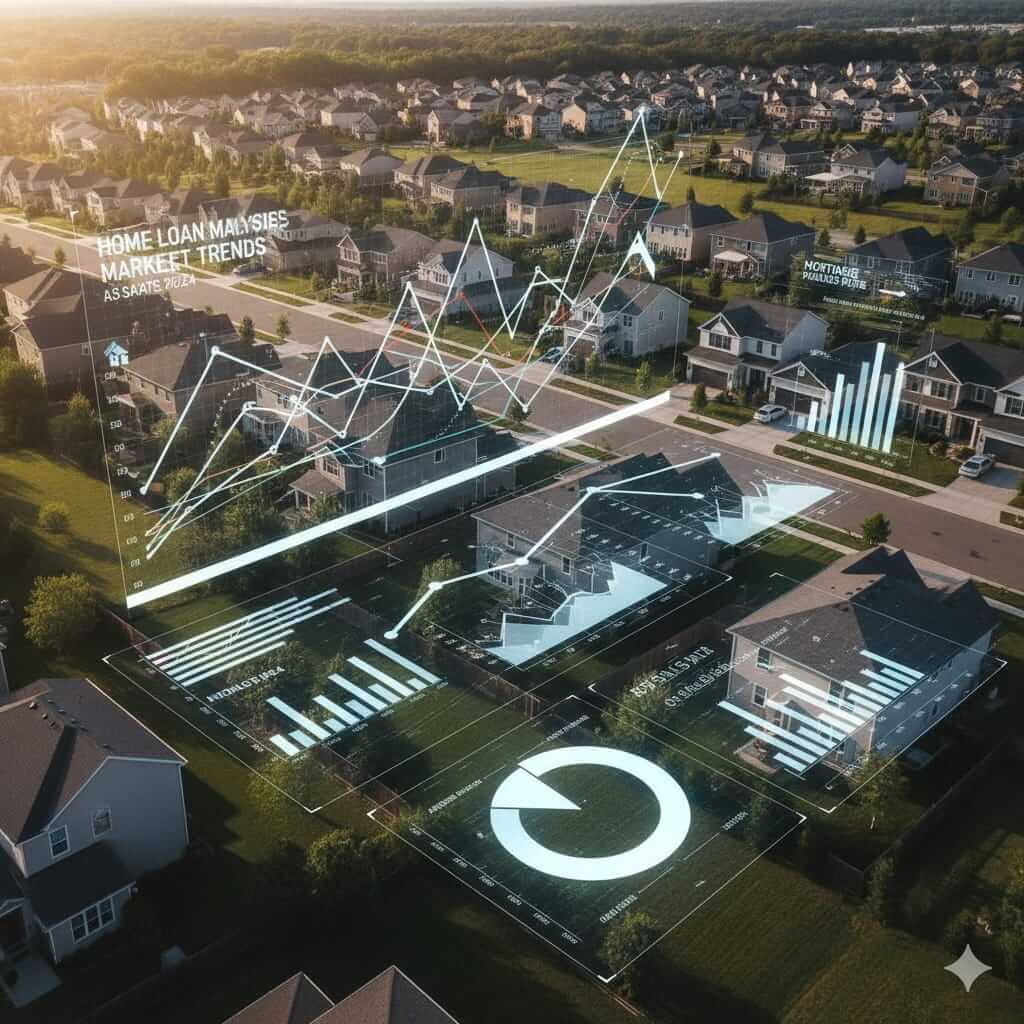Trends in Home Loan Interest Rates: What Borrowers Should Expect in 2025
Explore the key trends shaping home loan interest rates in 2025 from RBI policy direction to risk-based pricing and hybrid rate options. Learn how Nimokey helps borrowers stay ahead of market shifts.
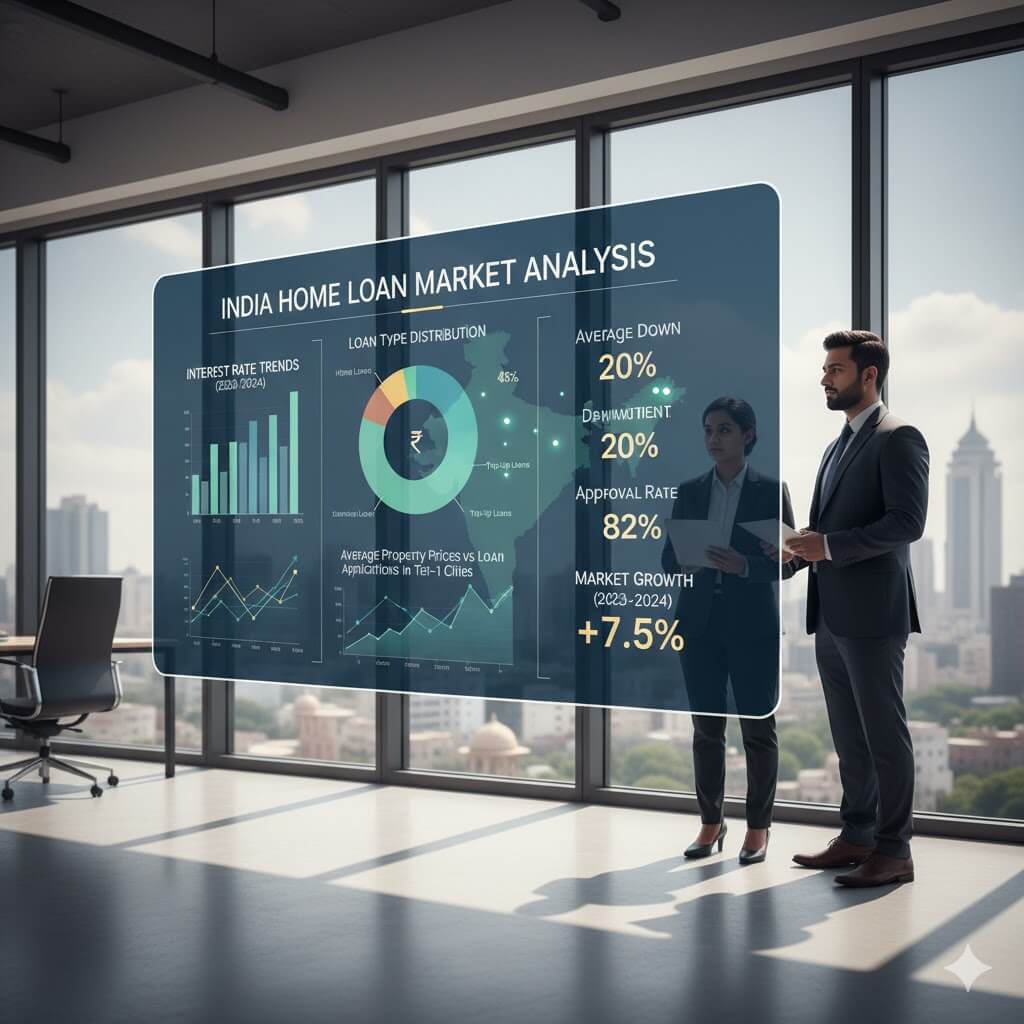
The year 2025 marks a crucial phase for India's home loan market, as borrowers and lenders adapt to changing financial landscapes, evolving RBI policies, and a tech-driven approach to lending. Interest rate trends this year are expected to shape both short-term affordability and long-term financial strategies for millions of homebuyers. Here's what borrowers can expect and how Nimokey helps them stay ahead in this dynamic market.
1. Continued Focus on Rate Transmission
One of the major themes in 2025 is faster rate transmission. The Reserve Bank of India has maintained a steady repo rate of around 5.5%, and lenders are under pressure to reflect these changes more transparently in their home loan offerings. Borrowers will likely benefit from quicker adjustments in interest rates both upward and downward as regulatory reforms ensure smoother policy transmission.
2. Narrowing Spreads and Tiered Pricing
Lenders are introducing more granular pricing models to stay competitive. In 2025, borrowers with strong credit scores, stable income sources, and consistent salary inflows can expect better spreads over benchmark rates. This “risk-based pricing” ensures that financially disciplined customers enjoy more favorable terms, while lenders maintain profitability through smarter segmentation.
3. Hybrid and Convertible Rate Structures
The fixed-versus-floating dilemma is evolving. More financial institutions now offer hybrid loans fixed for an initial period and floating thereafter to give borrowers both stability and flexibility. Many lenders also provide the option to switch between fixed and floating rates with minimal fees, helping borrowers adapt as economic conditions change.
4. Promotional and Selective Rate Cuts
Competition among banks is intensifying. Expect to see limited-time offers such as special interest rates for women borrowers, first-time buyers, or salaried professionals. For instance, some private and public sector banks have already reduced rates on select tenures by up to 15 basis points. Such promotions aim to attract high-quality borrowers and strengthen customer relationships.
5. Data-Driven Risk Assessment
2025 is witnessing a shift toward data-powered lending. Banks and fintechs are using AI and analytics to assess borrower risk beyond traditional metrics. Parameters such as digital payment history, spending patterns, and employment stability are influencing loan eligibility and pricing. This approach rewards transparency and responsible financial behavior.
6. Refinancing and Balance Transfer Opportunities
As rates stabilize, borrowers who secured home loans during higher-rate cycles can take advantage of refinancing options. Balance transfer offers with reduced fees and faster approvals are gaining traction. Nimokey's Home Loan Calculator helps borrowers evaluate the savings potential before switching lenders, ensuring every move supports long-term financial goals.
7. Regional and Property-Based Rate Variation
Interest rates in 2025 vary depending on property type and location. Ready-to-move homes in high-demand metro areas generally attract lower rates due to lower perceived risk, while under-construction projects or rural properties may have higher spreads. Borrowers should compare offers across regions and property types to identify the most cost-effective options.
8. Gradual Rate Adjustments Ahead
While sharp hikes seem unlikely, borrowers should prepare for small upward revisions during mid-2025 if inflationary pressures persist. The RBI's balanced stance suggests gradual adjustments instead of sudden increases, giving borrowers time to plan their EMIs and repayment strategies effectively.
9. Transparency and Digital Communication
Borrowers today expect clarity, and lenders that provide it will win trust. Transparent disclosure of total loan cost, rate reset schedules, and repayment timelines will become the norm. Digital tools like Nimokey's smart loan dashboard empower customers with real-time updates and help them stay informed about rate fluctuations.
10. What Borrowers Should Do in 2025
Borrowers should focus on maintaining high credit scores, comparing lender offers regularly, and using digital calculators to assess EMI impacts. Avoid long-term lock-ins unless rates show strong upward trends. Regularly reviewing loan terms can lead to significant savings over time, especially when combined with responsible repayment behavior.
Conclusion
Home loan interest rates in 2025 are shaped by innovation, competition, and greater borrower awareness. With smarter pricing, flexible rate options, and technology-driven decision-making, borrowers are better equipped than ever to make informed choices. By leveraging tools and insights from Nimokey, you can confidently navigate changing interest rate trends and secure a home loan that aligns with your financial goals. The key is not just finding the lowest rate but finding the right strategy for long-term success.
About Ayushi Payal
Real estate expert with over 10 years of experience helping clients navigate the property market. Specializing in market analysis and market analysis.

